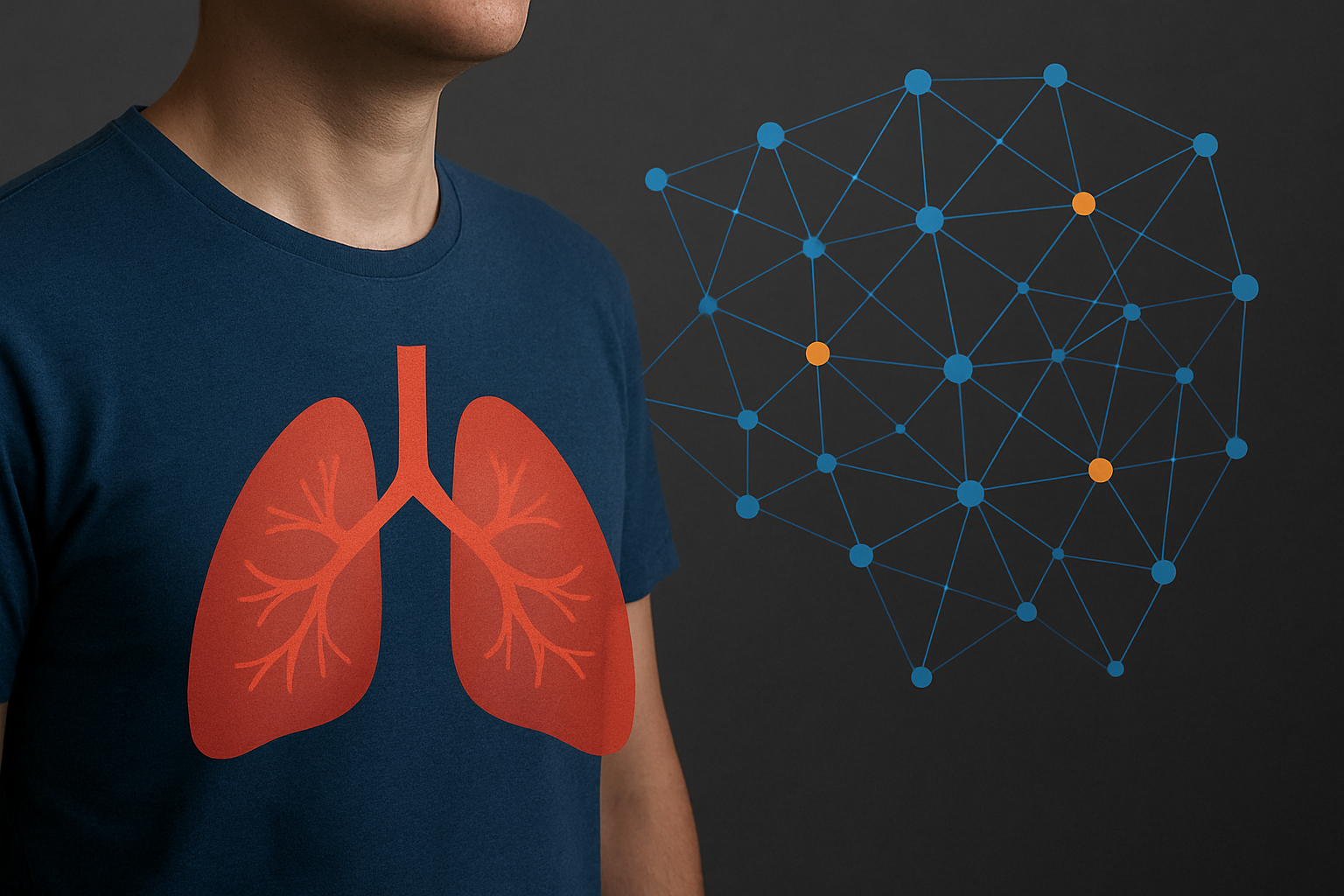Predictive model for tuberculosis clinical outcomes with neural networks
DOI:
https://doi.org/10.59681/2175-4411.v17.2025.1419Keywords:
Tuberculosis, Predictive Modeling with Machine Learning, MLPAbstract
Objective: This study proposes the development of a model based on Multilayer Perceptron (MLP) neural networks to predict outcomes in tuberculosis treatment, focusing on identifying cases of cure and abandonment. Methods: Data were preprocessed using missing value imputation, categorical encoding, and normalization. The SMOTETomek technique was applied for balancing. The MLP architecture included dense layers with ReLU activation, 50% dropout regularization, and sigmoid output. The model was trained with validation and evaluated in both balanced and unbalanced scenarios. Results: In the unbalanced scenario, the model achieved macro accuracy of 0.6235, precision of 0.9115, recall of 0.9781, and F1-macro of 0.6584, indicating bias toward the majority class. With balancing, micro accuracy and F1-micro reached 0.8571. Precision was 0.8857, while recall dropped to 0.8197. In class-specific analysis, the model performed better for abandonment (F1 = 0.8623) compared to cure (F1 = 0.8514). Conclusion: Class balancing improved the model’s overall performance. The application of MLP, combined with preprocessing and balancing strategies, proved effective for predicting outcomes in tuberculosis treatment.
Downloads
References
Obeagu E, Obeagu G. Understanding immune cell trafficking in tuberculosis-hiv coinfection: The role of l-selectin pathways. Elite Journal of Immunology. 2024; 2(2):43–59.
WHO (2024). Global Tuberculosis Report. Number September.
Motta I, Boeree M, Chesov D, Dheda K, Günther G, Horsburgh Jr CR, et al. Recent advances in the treatment of tuberculosis. Clinical Microbiology and Infection. 2023.
Liao KM, Liu CF, Chen CJ, Feng JY, Shu CC, et al. (2023). Using an artificial intelligence approach to predict the adverse effects and prognosis of tuberculosis. Diagnostics. 2023;13(6):1075.
Haykin S. Neural Networks: A Comprehensive Foundation. 3rd ed., Prentice-Hall, 2007.
Orjuela-Canón AD, Jutinico AL, Awad C, Vergara E, Palencia A. Machine learning in the loop for tuberculosis diagnosis support. Frontiers in Public Health. 2022;10:876949.
Deina C. Aprimorando a tomada de decisão em saúde com aprendizado de máquina em problemas de classificação em dados desbalanceados. 2024.
Jannah AW, Al Kindhi B. Optimization of early detection of tuberculosis: Use of multilayer perceptron and extreme learning machine with clinical data. Jurnal Indonesia Sosial Teknologi. 2024;5(5).
Mohidem NA, Osman M, Muharam FM, Elias SM, Shaharudin R, Hashim Z. Prediction of tuberculosis cases based on sociodemographic and environmental factors in gombak, selangor, malaysia: A comparative assessment of multiple linear regression and artificial neural network models. The International Journal of Mycobacteriology. 2021;10(4):442–456.
Kanesamoorthy K, Dissanayake MB. Prediction of treatment failure of tuberculosis using support vector machine with genetic algorithm. The International Journal of Mycobacteriology. 2021;10(3):279–284.
Rodrigues MGA, Sampaio V, Lynn T, Endo PT. A brazilian classified data set for prognosis of tuberculosis, between january 2001 and april 2020.
Santos HGD, Nascimento CFD, Izbicki R, Duarte YADO, Porto Chiavegatto Filho AD. Machine learning para análises preditivas em saúde: exemplo de aplicação para predizer óbito em idosos de São Paulo, Brasil. Cadernos de Saúde Pública. 2019;35, e00050818.
Talukder MA, Sharmin S, Uddin MA, Islam MM, Aryal S. Mlstl-wsn: machine learning-based intrusion detection using smotetomek in wsns. International Journal of Information Security. 2024;23(3):2139–2158.
Saouli S, Baarir S, Dutheillet C. Improving sat solver performance through mlp-predicted genetic algorithm parameters. In International Conference on Integrated Formal Methods. Springer. 2024: 288–296.

Published
How to Cite
Issue
Section
License
Copyright (c) 2025 Ronilson Williame da Silva Pereira, Igor Wenner Silva Falcão, Saul Carneiro, Marcos César da Rocha Seruffo , Karla Figueiredo

This work is licensed under a Creative Commons Attribution-NonCommercial-ShareAlike 4.0 International License.
Submission of a paper to Journal of Health Informatics is understood to imply that it is not being considered for publication elsewhere and that the author(s) permission to publish his/her (their) article(s) in this Journal implies the exclusive authorization of the publishers to deal with all issues concerning the copyright therein. Upon the submission of an article, authors will be asked to sign a Copyright Notice. Acceptance of the agreement will ensure the widest possible dissemination of information. An e-mail will be sent to the corresponding author confirming receipt of the manuscript and acceptance of the agreement.




